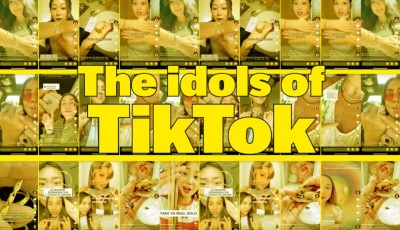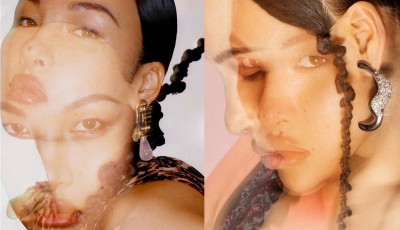Natural Diamond Rediscovers its Origins
New marketing strategies, co-branding partnerships and a renewed storytelling to reinstate natural diamonds as a focus of desirability for future generations. With a narrative that starts from the origins
Little over a decade ago, The New YorkTimes devoted an article to the desirabilityof natural diamonds, or rather, it explained How Diamonds Became Forever.
The yearwas 2013. Lab grown diamonds had not yet entered the market so forcefully and journalist J. Courtney Sullivan, author of the article, described how diamond engagement rings became one of the most solid American traditions only after De Beers' young copywriter, Mary Frances Gerety, came up with the idea of the slogan “A Diamond is Forever”in 1947.
It was the post-war period; the US was emerging from the Great Depressionand diamond jewelry sales had plummeted dangerously. At the time, women preferred to ask their husbands for a washing machine or a new car, certainly not an engagement ring, the expense of which was considered a waste of money. Ms. Gerety and her colleague Dorothy Dignam were particularly wellaware of this since their colleagues at N.W. Ayer, the advertising agency where they worked, often asked them questions such as: What do you give a girl who graduated froma convent? Gerety and Dignam never married but their most important achievement was to create a sense of emotional attachment to the “diamond engagement ring” that, almost eighty years later, is still going strong.
Although in the late 1940s N.W. Ayer’s firstreactions to Gerety's proposal were not very enthusiastic, there is no doubt that, from that moment on, her narrative idea adopted by De Beers contributed to the revival of the diamond engagement ring business, so much so that it lifted the American market to the top of the bridal business.
But, as everyoneknows, the wind does not always blow in afavorable direction.... Today, in fact, after a long period in which the natural diamond, with all its baggage of values and emotions, seemed to continue on its journey sheltered from turbulence, provocation and sudden changes of direction by loyal buyers, thesector is facing a new challenge: to relaunch natural diamond, make new generations fallin love with it starting from its origins, its beauty, the spectacular nature of its thou-sand-year history, and to offer the king ofprecious stones a new chapter, an innovative, revised and compelling storytelling that starts from the mine itself.
«We believe wehave to do better by telling the story of theorigin of the natural diamond and why it isso special,» De Beers CEO, Al Cook, told. «A natural diamond is, by definition,the epitome of authenticity. It was created a billion years ago, but fewer and fewer are being produced. We believe the time is right to go back and tell this story and we will do so by giving more value to each of the Group's assets through ever greater supply chain integration from mine to boutique. With the new strategic Origin Story project, we will strengthen our role as a leader in technology, sourcing and luxury retail, recreating the magic of natural diamonds for modern consumers.
A narrative that goes from themine to the boutique to boost the desire to buy a natural stone among the younger generation, and that puts the value of history and experience back at the heart of thebusiness,» Cook concluded.
A position also supported and reinforced by a recent BCG report entitled The Future of The Natural Diamond Industry, according to which,in order to increase the desire for natural diamonds, industry players need to implement strategic brand partnerships, targeted marketing initiatives and activities aimed at boosting demand. «Natural diamonds are still extremely desirable,» said David Kellie, CEO of the Natural Diamond Council. «There is interest among Generation Z, engagement with social content is high anddiamonds are still a topic of discussion inpopular culture. Success or future failure will depend on whether natural diamonds remain at the top of the desirability tree. Thiswill always drive demand,» Kellie concluded.






